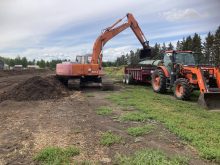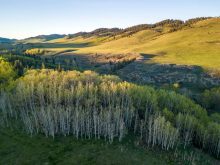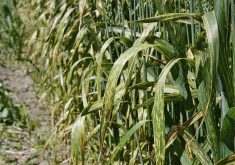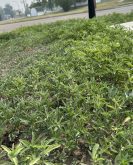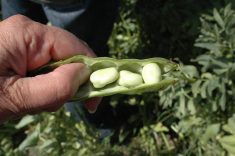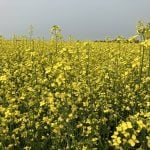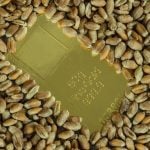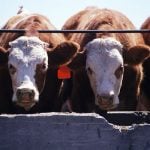Provincial agronomy researcher tested 48 management practices in test plots this summer and says fungicide application had the biggest impact on wheat yields
Looking for higher wheat yields? Then consider upping the budget for fungicide.
That’s the advice of Sheri Strydhorst, an agronomy research scientist with Alberta Agriculture and Rural Development.
This past summer, Strydhorst evaluated 48 different management practices to determine the economic benefits of stacking agronomic practices for maximum wheat yield. Only fungicide application had a significant impact.
“Supplemental nitrogen didn’t significantly affect yield, nor did the growth regulators, but the fungicide really had the most profound impact,” she said.
The research was conducted on small plot sites at Lacombe, Willingdon, and Barrhead.
Read Also
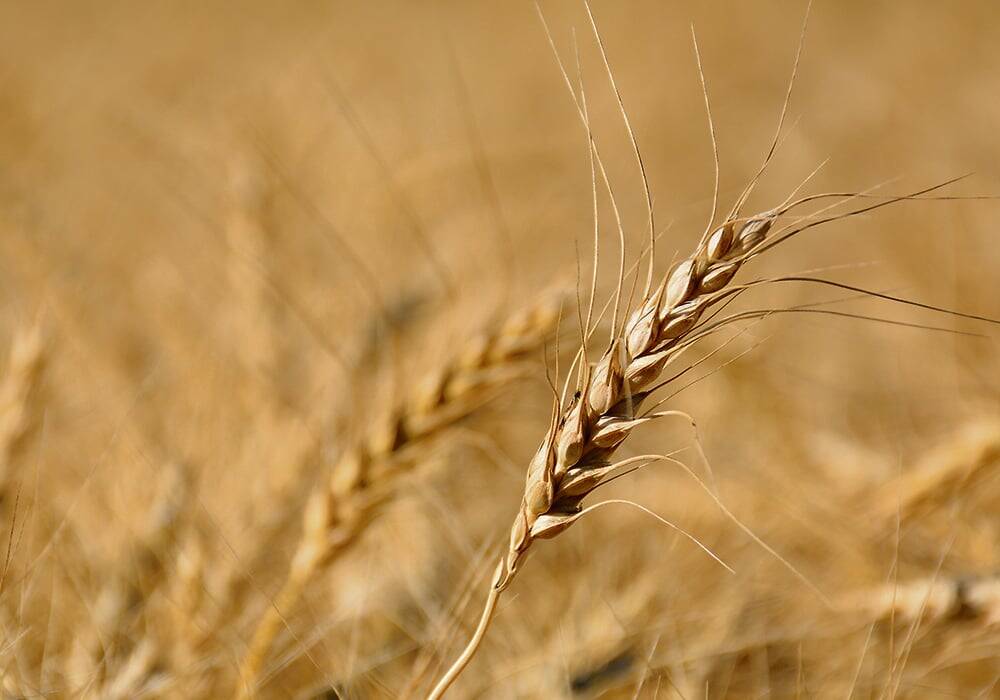
Low yield allowance adjusted to support farmers in Alberta
Alberta farmers can move more quickly to salvage poor crops for feed, after the federal and provincial governments announced increases to AFSC’s low yield allowances for the 2025 crop year.
Yields at Barrhead ranged between 106 to 148 bushels per acre. Applying Headline fungicide at flag leaf boosted yields by 20 bushels over the check, while Prosaro fungicide applied at head emergence added 21 bushels.
But the “real winner,” Strydhorst said, came from applying both. That treatment increased yields by 30 bushels an acre.
“That was the real big winning management practice at Barrhead, and we saw the same trend at Lacombe, just with slightly different yield numbers.”
At Lacombe, yields ranged between 102 and 151 bushels an acre. Headline applied at flag leaf added 23 bushels compared to the check, and Prosaro applied at head emergence added 25 bushels.
“But when we applied both Headline and Prosaro, there was a 33-bushel-per-acre yield increase,” said Strydhorst.
There was a major boost to the bottom line, too.
“At Barrhead, with those yield increases that we’re seeing with the dual fungicide less the cost of applying it, we’re seeing a return of $111 per acre,” said Strydhorst. “At Lacombe, because we did have the slightly higher yields, the return was $144 per acre. It’s a really wonderful return with these dual fungicide applications.”
Varietal difference
But results varied on the four wheat varieties that were tested, she added.
“We certainly need a lot more data here because if certain cultivars don’t respond to the different management practices, it’s obviously not worth putting the input costs into those particular varieties. We definitely have some work to do there,” said Strydhorst, who plans to continue the research in 2014.
This type of intensive management also requires a solid understanding of growth staging and plenty of field scouting.
“We’re making that first fungicide application that’s truly effective around flag leaf, during the last week of June,” she said.
“So (in) the middle of June, you have to be out in your field, really looking at things.”
Producers should consider if the crop has good yield potential and whether there is a high probability of disease.
And when that crop is ready, producers will need to be ready too.
“I think you have to give up your fishing trips in June and July if you’re going to do this kind of work, because you need to be there and have that sprayer ready.”



